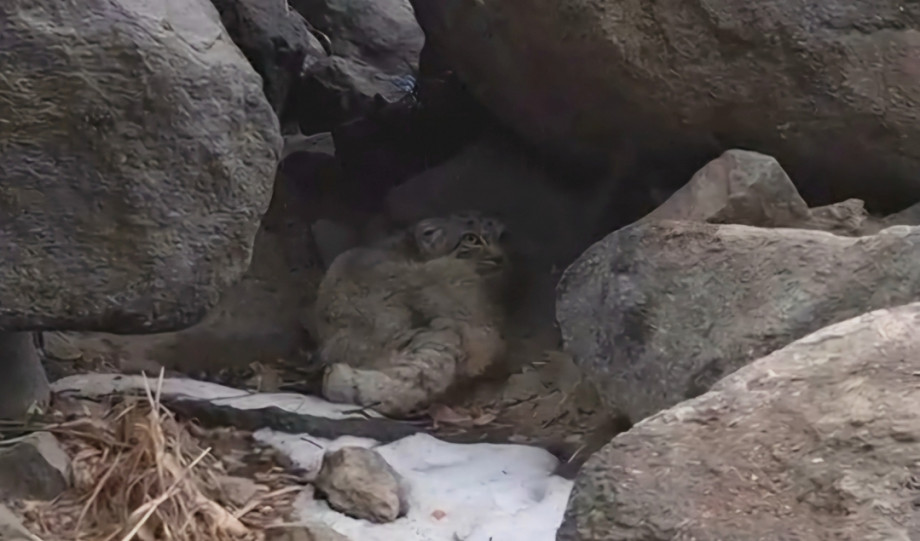Landmark sighting: Pallas’s Cat found in Aryan valley

Ladakh’s rich and diverse wildlife has just recorded a remarkable milestone. On March 10, 2025, a Pallas’s cat (Otocolobus manul) was sighted for the first time in Lastyangs, Aryan Valley—an area where this elusive feline had never been officially documented before.
The rare sighting occurred in the snow-covered, rocky terrain of Lastyangs. Two locals, Tsering Gyalday and Eshay Samba, spotted the animal resting for nearly 10 minutes. With its ash-grey coat, the cat was initially mistaken for a snow leopard cub.
The identification was later confirmed by members of the Wildlife Conservation and Birds Club of Ladakh (WCBCL) after a video of the cat was shared in their group. This confirmation marks the first officially recorded sighting of a Pallas’s cat in the Aryan Valley.
Known for its cultural uniqueness, the Aryan Valley is inhabited by the Brogpa (Dardic) community and is ecologically significant. It is home to species like the snow leopard, red fox, and Himalayan ibex. Birdlife in the region includes the Little Forktail, Tibetan Blackbird, and White-browed Rosefinch. Unlike Changthang—where feral dogs pose a major threat to wildlife—Aryan Valley provides a comparatively safer haven for rare species such as the Pallas’s cat.
Following the recent sighting, locals have come forward with reports claiming they have previously seen Pallas’s cats in Lastyangs and Sanit, a nearby village. Residents from Darchiks also report sightings in highland areas like Mantha and Dems.
In addition to the Pallas’s cat, villagers claim to have spotted the Eurasian lynx (Lynx lynx isabellinus) in areas near Horsas. These accounts suggest that Aryan Valley may host a wider range of elusive and lesser-known species than previously documented.
This discovery highlights the urgent need for continued conservation efforts and responsible eco-tourism in Aryan Valley. The local community has expressed strong support for protecting the Pallas’s cat and welcomes sustainable wildlife tourism as a way to raise awareness and preserve the valley’s fragile ecosystem.
However, the focus must remain on protection, not exploitation. Scientific research, community-led conservation, and vigilance against poaching are vital to ensuring that rare species like the Pallas’s cat continue to thrive.
This groundbreaking sighting is a reminder of Ladakh’s hidden biodiversity. With more local involvement and scientific monitoring, the region’s wildlife record could grow significantly—strengthening Ladakh’s status as a global hotspot for rare and mysterious species.





